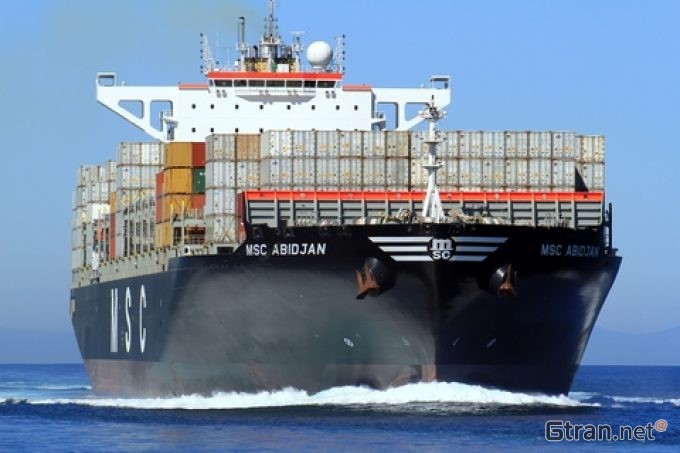With over half a million teu added to its fleet since January, and an orderbook of 1.5m teu, MSC is ramping up its standalone network in Europe ahead of the demise of the 2M Alliance.
Following the reinstatement of its Asia-North Europe Swan service last month, which it operates outside the 2M’s five-loop alliance, MSC has decided to add the key cargo volume ports of Busan and Bremerhaven to the service, thus increasing the competition with the alliance vessels.

The 2M’s Swan/AE2 loop was suspended during the pandemic and was not reinstated by the partners when demand recovered.
However, in May, MSC decided to bring back its Swan service, but as a standalone loop only.
The original rotation of the reinstated Swan service, which had its first sailing in early June from Asia, was: Qingdao, Ningbo, Yantian (China), Tanjung Pelepas, Antwerp, Gdynia, Gdansk, Klaipeda (Lithuania), King Abdullah Port (Jeddah), Singapore, and then back to Qingdao.
From the end of August, MSC will add the port of Busan in South Korea and Bremerhaven in Germany to the itinerary of the loop “to meet our client demand”.
Commenting on the announcement, Alphaliner suggested MSC might need the extra port calls to boost demand for the standalone loop. The consultant said: “Poor cargo demand from the Far East to Europe explains why currently only five 7,400 teu to 15,260 teu ships are deployed.
“The addition of Busan and Bremerhaven should help fill the 13,000-14,000 teu ships MSC has nominated for the next sailings from Asia in August,” said Alphaliner.
MSC received some 125,000 teu of newbuild vessels last month, including two of 24,000 teu, and it has an unrelenting pipeline of large ship deliveries stemmed for the coming weeks and months.
Notwithstanding plans for slower steaming and injection of extra vessels into 2M loops, it is difficult to see how MSC will be able to deploy all the new tonnage to alliance routes, which suggests the carrier may need to launch more standalone services across its global network in order to utilise the newbuild tonnage.
Nevertheless, despite generally slow demand globally, MSC has been extremely proactive in recent weeks in upgrading its service network, facilitating the cascading of vessels to secondary trades in order to accommodate the new ultra-large arrivals.
In an opinion piece for The Loadstar on 21 June, Daniel Richards, associate director of industry analysts Maritime Strategies International, suggested that, given the size of MSC’s orderbook it would be Maersk that would be faced with taking “tough decisions around offering direct connections” following the end of the 2M.
“Unless Maersk partners with other lines, it will need to replace missing MSC ships to maintain port coverage and market share. These ships are likely to be smaller, mid-size units,” said Mr Richards.


